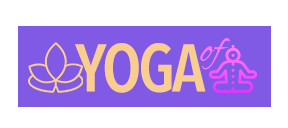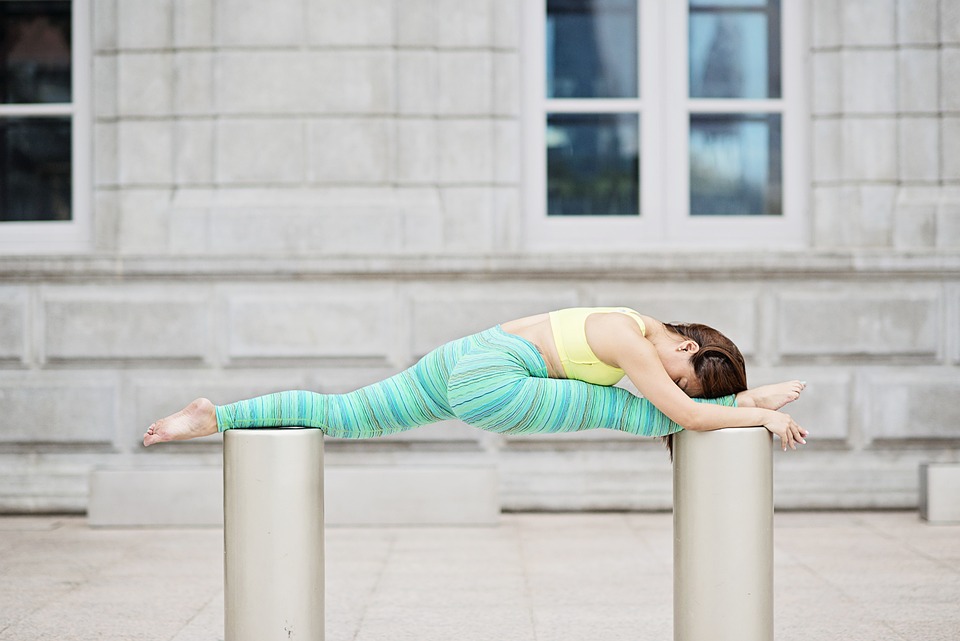The Power of Breath: How Pranayama Practices Enhance Your Yoga Practice
Breath is the essence of life. It is the first thing we do when we are born and the last thing we do before we leave this earth. It is a constant companion throughout our lives, yet many of us take it for granted. In the practice of yoga, breath is revered as a powerful force that can enhance our physical, mental, and spiritual well-being. Pranayama, the ancient practice of controlled breathing, is an integral component of yoga that can deepen our practice and unlock our true potential.
Pranayama, which translates to “extension of the life force,” involves various breathing techniques that are designed to cleanse, strengthen, and balance the body and mind. By focusing on the breath, we can quiet the mind, increase our awareness, and connect with our innermost selves. Through consistent practice of pranayama, we can experience a multitude of benefits that can enhance our overall well-being.
One of the main benefits of pranayama is its ability to calm the mind and reduce stress. When we breathe consciously and mindfully, we activate the parasympathetic nervous system, which induces a state of relaxation and tranquility. By incorporating pranayama into our yoga practice, we can release tension and anxiety, improve our mood, and cultivate a sense of inner peace.
Pranayama can also improve our physical health by increasing oxygen flow to the body and removing toxins. By practicing deep breathing techniques, we can enhance our lung capacity, improve respiratory function, and boost our immune system. This can lead to increased energy levels, improved digestion, and a stronger overall sense of vitality.
Furthermore, pranayama can deepen our yoga practice by helping us to connect more deeply with our bodies and movement. By synchronizing our breath with our movements, we can cultivate a sense of mindfulness and presence that allows us to move with grace and ease. This can enhance our flexibility, strength, and balance on the mat, and help us to move more fluidly through our practice.
In addition, pranayama can enhance our spiritual practice by helping us to connect with our innermost selves and cultivate a sense of oneness with the universe. By harnessing the power of breath, we can tap into our inherent wisdom and intuition, and deepen our understanding of the interconnectedness of all beings. This can lead to a greater sense of purpose, fulfillment, and spiritual growth.
FAQs
Q: What are some common pranayama techniques?
A: Some common pranayama techniques include:
– Ujjayi breath: Also known as “ocean breath,” Ujjayi breath involves breathing deeply through the nose while constricting the back of the throat to create a soft, hissing sound. This technique can help to calm the mind and warm the body.
– Nadi Shodhana: Also known as “alternate nostril breathing,” Nadi Shodhana involves breathing through one nostril at a time in a rhythmic pattern. This technique can help to balance the energy flow in the body and calm the mind.
– Kapalabhati: Also known as “skull shining breath,” Kapalabhati involves rapid, forceful exhalations through the nose while the belly is drawn in. This technique can help to cleanse the body of toxins and energize the mind.
Q: How often should I practice pranayama?
A: The frequency of your pranayama practice will depend on your individual needs and goals. Some people may benefit from practicing pranayama daily, while others may find it beneficial to practice several times a week. It is important to listen to your body and practice pranayama in a way that feels comfortable and supportive to you.
Q: Can anyone practice pranayama?
A: Pranayama is a safe and effective practice that can be adapted to suit individuals of all ages and fitness levels. However, it is important to consult with a qualified yoga instructor before beginning a pranayama practice, especially if you have any pre-existing health conditions or concerns. With proper guidance and instruction, anyone can benefit from the transformative power of breath.










